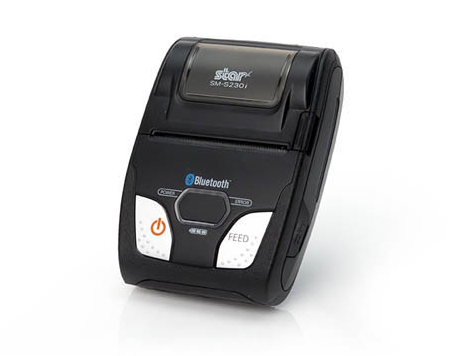Though there are endless options when it comes to modern retail store technology, most business owners use hardware and software to address the following challenges:
Supply chain and inventory management. Retailers work with multiple vendors and suppliers to keep business running smoothly. Without the right software, you’re likely to mismanage inventory, make costly mistakes, and ultimately lose valuable customers.
Workforce management.
With each employee comes the responsibility of scheduling, payroll, and other legal requirements and logistics.
Integration with your online store.
51% of Americans prefer to shop online
, and online shopping continues to rise in popularity across the globe. If you don’t have an omnichannel strategy, you’re missing out on a huge growth opportunity.
Fortunately, modern retail hardware and software solutions address all of these challenges, giving the business owner more control and insight into consumer behavior than ever before. Here are the top considerations when choosing the ideal hardware and software for your retail business.
Choosing Hardware for Your Retail Store
There are several types of hardware
you’ll need for your store to function, and you can often buy these pieces together as a set. The main hardware components of a retail store are:
Cashwrap.
The cashwrap is traditionally the physical cabinet or counter where your POS computer, cash drawer, and other checkout equipment is stored. Some businesses (the Apple Store, for example) may choose not to have a dedicated cashwrap space and instead equip their employees with the necessary gear to take payment at any location in the store.
Display screen or touch screen.
This is where managers and employees will access the POS system, in order to clock in and out, place orders, and run reports. If it’s not a touch screen, you’ll need a POS keyboard in order to access your POS software.Most modern POS systems will let you use an
iPad
or similar tablet as both display screen and input.
Cash drawer
. This is where you keep cash locked and secure.
Barcode scanner. You’ll need this to ring up orders and track inventory. These can be fixed, attached, or portable.
Receipt printer.
You may offer digital receipts, but many customers will still want a paper copy.

The
Star Micronics S230i
is a great example of an easy-to-use portable printer with a tiny footprint.
Credit card payment processing system. A modern system should have a mag stripe reader for accepting traditional credit cards, but it should also support the latest technology, like chip cards (EMV cards). If you’re really forward-thinking, look into a system that accepts NFC mobile payments, Apple Pay, Android Pay, or Samsung Pay as well.
Back office computer system.
At minimum, this should include a computer, monitor, keyboard, and printer. You may also need a fax machine, scanner, label printer, and report printer.
Internet of things (IoT) items.
If customer experience is at the forefront of your business model, you can find interactive displays and endcaps, digital signage, and more to enhance and personalize your shoppers’ store visits.
Portable data collection (PDA).
If your retail business has a large warehouse or remote inventory, a PDA can help manage this.
Customer display.
Once upon a time, businesses used pole displays to show a customer the name and price of each item as the cashier rang them up. But now you can use virtually any device with a screen -- a monitor, a tablet -- and provide full information about the transaction, configured however you want.
Choosing Software for Retail
Your store’s software enables you to accept payments, keep inventory up to date, track conversion data, and manage both the front and backend of your business. Although it’s often called “point of sale” software, modern POS software does way more than just facilitate transactions. A POS system should also be able to track and manage inventory, show information on consumer behavior in your store, and integrate omnichannel loyalty programs, promotions and coupons. Erply’s POS software, for example, already has loyalty programs and promotions built in.
When you’re shopping for software, keeping the following in mind:
What kind of retail store do you operate?
A department store will have completely different needs than a mom-and-pop convenience store. How many different inventory items will you have? How important will it be to include promotions right off the bat? Find a software system that functions well within your type of business.
Think about ease of use.
Request a demo from a prospective vendor to make sure you’re comfortable with the system and that it’s easy to train your employees. If you struggle with the user interface, it won’t matter if you’re running the most powerful system on the market.
Consider mobility.
Even if you don’t plan on taking your business to events or selling outside of the shop, having the option of mobility enables you to extend your cashwrap to tablets in employees’ hands on the sales floor when it gets busy. A tablet-based POS can also reduce overall costs.
What’s your budget?
If you’re a startup, you may be tempted by an inexpensive, streamlined POS system just to get your store up and running. However, consider your goals for scaling up -- a lightweight solution may work for now, but it could end up hurting you if you’re growing and your POS can’t keep up. Though most POS systems have at least rudimentary inventory management tools, growing businesses will often find themselves forced to upgrade to a more robust option. If you intend to succeed, consider investing in a system that will grow with you.
How important to you is big data?
You can opt for a deluxe POS with more analytics capabilities than you thought possible, or you can choose a simpler system. It all depends on how you plan to use the breadth of data available to you.